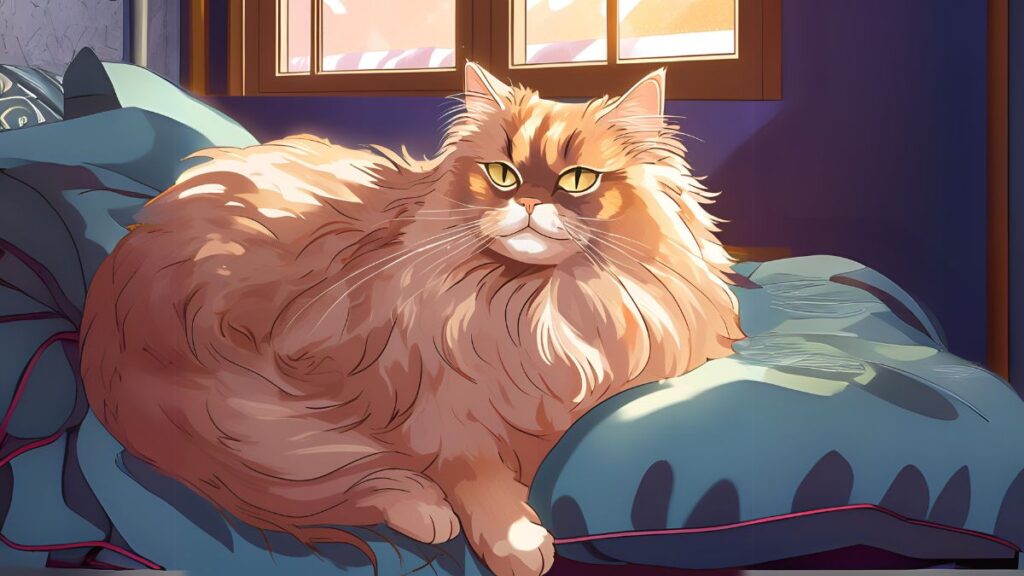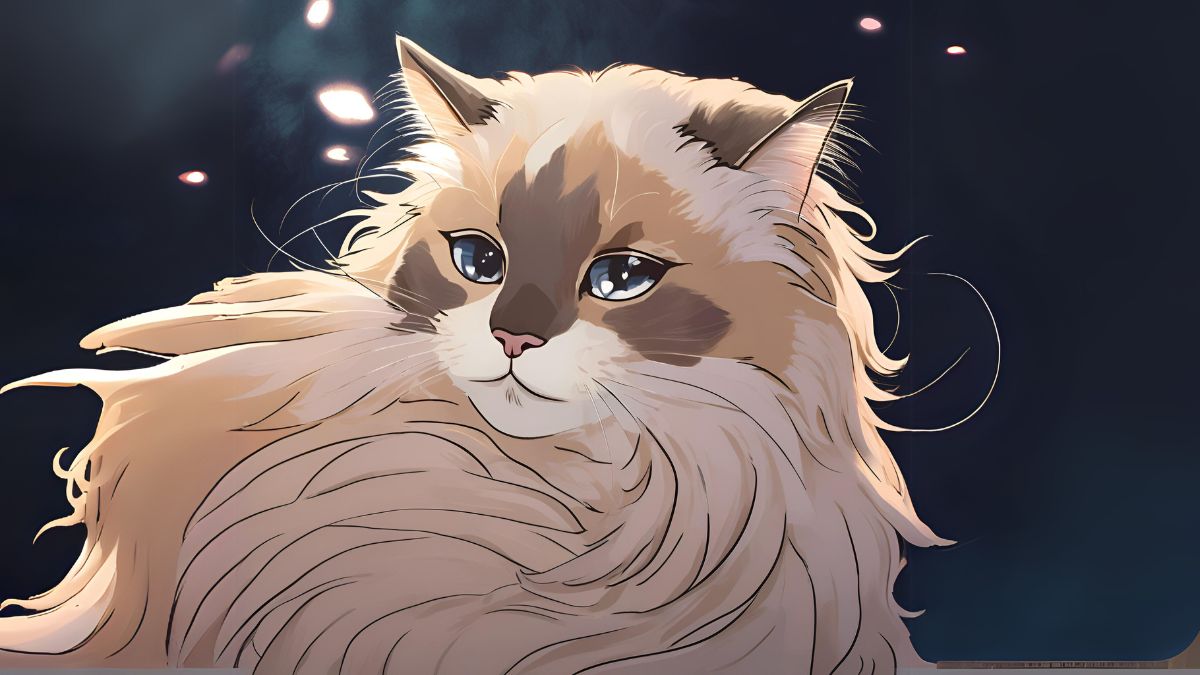Would you like to discover the keys to a contented, healthy, and well-groomed cat?
Long-haired cats, with their opulent coats and endearing personalities, are the pinnacle of beauty and elegance. Breeds such as Persians, Maine Coons, and Ragdolls have a knack for enchanting pet owners across the globe. Yet, having a long-haired cat is like signing up for a full-time job in grooming and care—just without the paycheck! In this article, we’ll dive into some must-know tips for ensuring your long-haired kitty stays healthy, comfy, and ready for their close-up.
Why Long-Haired Cats Need Extra Tender Loving Care
Long-haired cats possess distinct grooming and health requirements that set them apart from their short-haired friends. With the right attention, their beautiful coats can stay healthy and comfortable, avoiding any discomfort or health concerns. Additionally, their plush fur can capture dirt, dander, and parasites, so regular grooming is essential for keeping them healthy and happy. Grasping these needs is essential for ensuring they enjoy a comfortable and healthy life.
Regular Brushing is Key
Long-haired cats require regular grooming to keep those tangles and mats at bay. Brushing does more than just keep the coat smooth; it also gets the natural oils flowing, giving it that shiny, healthy look.
Frequency: Make it a habit to groom your cat three to four times a week. For breeds that are likely to tangle, a daily brush-up might be the order of the day.

Tools: Grab a slicker brush or a wide-toothed comb made for those long-haired felines.
Technique: Take it easy to keep your cat comfortable, brushing with the flow of the fur. Particularly focus on mat-prone regions like the armpits, behind the ears, and tummy.
Bathing Your Fluffy Feline
Against the grain of common thought, a few cats can handle baths just fine, particularly if they’re introduced to the idea from a young age. Bathing helps to wash away dirt, excess oil, and allergens that might get stuck in their fur, lowering the chances of skin infections.
Bathing Schedule: Shoot for a bath every 4–6 weeks, unless your cat starts looking like a hot mess or giving off an odor.
Products to use: When it comes to grooming, stick to cat-specific shampoo and conditioner; using human products can lead to a world of trouble for their delicate skin.

Post Bath Routine: Give your cat a good towel dry, and if they’re up for it, you can gently use a pet-safe blow dryer on a low setting.
Avoiding and Removing Tangles
It doesn’t take much friction for long-haired cats to develop tangles. The general health of your cat can suffer as a result of skin infections and pain.
Prevention: Brushing your cat’s hair on a consistent basis is the most effective technique to prevent tangles.
Detangling: For minor tangles, a detangling comb will do the trick; but when it comes to the bigger messes, it’s best to call in the experts.
Caution: Do not overlook those tight tangles, as they can lead to discomfort and skin problems down the line.
Paw care and nail trimming
Remember to take care of your cat’s nails and paws as well! Keeping your cat’s paws clean and groomed will keep them comfortable and free of bacteria.
Fur trimming: Hair between the pads of the paws can be trimmed with grooming scissors.
Nail Trimming: For snag-free nails, trim them every two to three weeks.
Paws Inspection: Keep an eye out for any signs of injury, inflammation, or trapped debris.

Dealing with Shedding and Hairballs
Naturally, fur can shed, but too much fur can cause hairballs. Controlling shedding is important because it reduces the likelihood of hairballs and helps to maintain a cleaner home.
Deshedding Tools: Make efficient use of a deshedding tool to pluck off stray hairs.
Dietary Solution: Consider using hairball control diets or therapies that come in the form of gel or treats.
Hydration: Make sure your cat stays hydrated to improve digestion and cut down on hairballs.
Diet and Nutrition for a Fabulous Far
For a healthy and shiny coat, it is vital to consume a diet that is well-balanced. Food has a direct influence on the quality of the coat as well as the overall vigor.
Omega Rich Diet: For a healthy coat, feed foods high in omega-3 and omega-6 fatty acids.

High Quality Protein: Provide meals that contribute to the general health and strength of the coat.
Specialized Diet: Opt for customizing diets for cats that are prone to hairballs or have long hair.
Scheduled Vet Check-Ups
Regular visits to the vet can keep your cat in tip-top condition. Staying ahead of the game keeps problems at bay, ensuring your cat remains healthy and at ease.
Parasite Control: Fleas and ticks seem to be more common in cats with longer hair. In order to determine if your cat is affected, a veterinarian will examine it.
Skin Health: Checkups at the veterinarian on a regular basis can help detect and treat skin problems at an earlier stage.

Establishing a Stress-Free Grooming Routine
Grooming can be a bit of a tough nut to crack for some cats. Regular maintenance is ensured and your relationship with your cat is strengthened with a stress-free grooming regimen. Here’s the way to smooth the path.
Get going early: Begin grooming your kitten as soon as it is a kitten.
Positive Reward: Make use of praise and treats in order to establish good associations.
Take Breaks: When your cat starts to get nervous, it’s best to pause and give it a break.

Final thoughts
Beautiful as they are, long-haired cats are loyal friends who need your love and attention. If you take the time to follow some basic grooming guidelines, you can keep your feline buddy comfortable and free of problems like mats and hairballs.
Keep in mind, looking after a long-haired cat isn’t merely about maintaining their looks; it’s also about ensuring their well-being and joy. Your beloved pet will shower you with devotion and stunning good looks in return for consistent grooming, healthy food, and lots of love and care.

